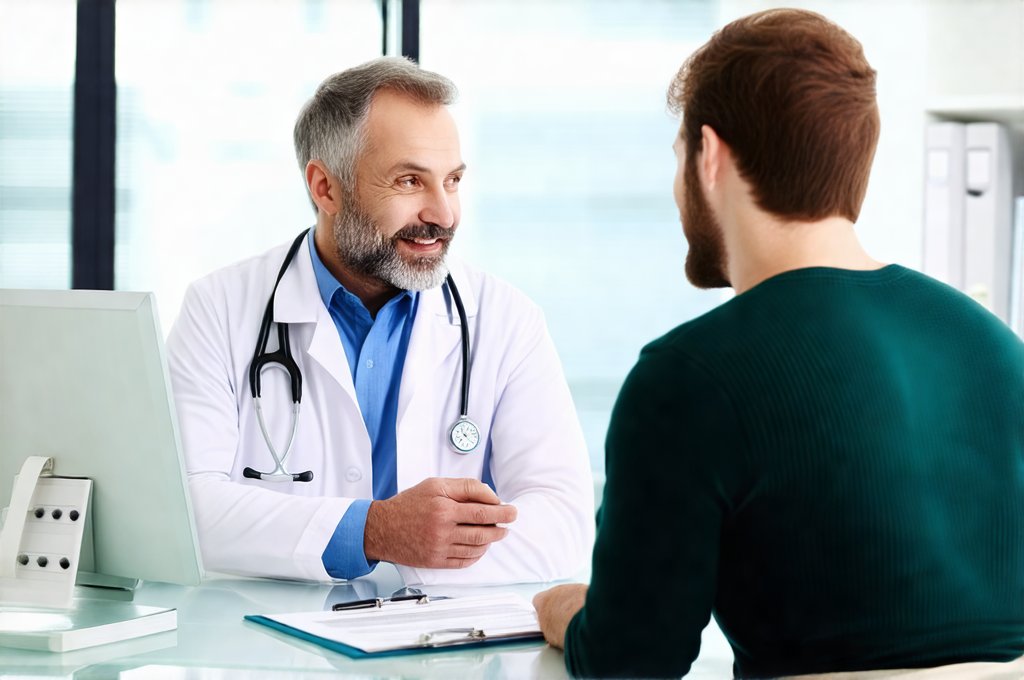The gut microbiome, often referred to as our “second brain,” plays an incredibly vital role in overall health, extending far beyond just digestion. It’s a complex ecosystem of trillions of microorganisms – bacteria, fungi, viruses, and archaea – that reside within our digestive tract. These microbes contribute significantly to immune function, nutrient absorption, mental well-being (the gut-brain axis), and protection against pathogens. Disruptions to this delicate balance, known as dysbiosis, can have widespread consequences, impacting everything from energy levels and mood to chronic disease risk. Unfortunately, many conventional medical treatments, while necessary and life-saving, frequently disrupt the gut microbiome.
Treatments like antifungals (used for fungal infections), steroids (often prescribed for inflammation or autoimmune conditions), and chemotherapy (for cancer treatment) are notorious for their collateral damage to our microbial communities. Antifungals, designed to eliminate fungi, can inadvertently harm beneficial bacteria as well. Steroids, while suppressing the immune system locally, also suppress gut immunity, creating an environment where less desirable microbes can flourish. Chemotherapy, arguably the most disruptive, doesn’t discriminate between cancerous and healthy cells – or microbial ones – leading to significant microbiome depletion. Consequently, rebuilding the gut flora after these treatments is crucial for restoring health and minimizing long-term complications. This isn’t simply about taking a probiotic; it’s a comprehensive approach that requires mindful dietary choices, lifestyle adjustments, and sometimes, targeted supplementation. For those recovering from severe digestive distress, rebuilding gut resilience is often the first step toward regaining wellness.
Understanding The Damage & Timeline of Recovery
The extent of damage to the gut microbiome varies depending on several factors: the specific medication or treatment used, dosage, duration of treatment, individual health status before treatment, and even pre-existing dietary habits. For example, a short course of oral antifungal medication will likely cause less disruption than six months of intravenous chemotherapy. Steroids tend to alter microbial diversity more subtly but can have prolonged effects on gut immune function. Chemotherapy often results in a dramatic reduction in both the quantity and diversity of gut microbes, leaving patients vulnerable to opportunistic infections and experiencing significant digestive issues like diarrhea, nausea, and abdominal pain. If you’re struggling with post-treatment discomfort, building a recovery plan can provide targeted support.
Recovery isn’t linear. It’s not just about repopulating bacteria; it’s about restoring the functionality of the microbiome – its ability to perform essential tasks. The timeline for recovery can range from weeks to months, or even years, depending on the severity of initial disruption and adherence to rebuilding strategies. Some individuals may experience quicker restoration due to their pre-treatment gut health, while others might require more intensive interventions. It’s important to remember that a ‘normal’ microbiome is highly individual; striving for a personalized healthy balance is key, rather than aiming for a generic ideal. The goal isn’t necessarily to return to the exact pre-treatment microbial composition (which may have had its own imbalances), but to cultivate a resilient and diverse ecosystem capable of supporting overall health. Restoring digestive balance is often the first step towards achieving this personalized health.
Dietary Strategies For Gut Repair
Diet plays arguably the most significant role in rebuilding gut flora after medical treatments. The focus should be on nourishing beneficial microbes and minimizing inflammation. This involves a multi-faceted approach:
- Increase Fiber Intake: Soluble fiber, found in foods like oats, bananas, apples, and legumes, acts as prebiotics, feeding beneficial bacteria in the colon. Insoluble fiber, from whole grains, vegetables, and bran, adds bulk to stool and promotes regularity. Start slowly to avoid bloating or gas.
- Fermented Foods: Incorporating fermented foods such as yogurt (with live cultures), kefir, sauerkraut, kimchi, kombucha, and miso introduces beneficial bacteria directly into the gut. However, individuals with compromised immune systems should exercise caution when consuming unpasteurized fermented foods.
- Reduce Sugar & Processed Foods: Sugars feed harmful bacteria and yeasts, exacerbating dysbiosis. Highly processed foods lack the nutrients needed to support a healthy microbiome. Minimize intake of refined sugars, artificial sweeteners, and ultra-processed snacks and meals.
- Anti-Inflammatory Diet: Emphasize whole, unprocessed foods rich in antioxidants and anti-inflammatory compounds. This includes colorful fruits and vegetables, fatty fish (salmon, mackerel), olive oil, nuts, and seeds.
A staged approach to reintroducing foods can be helpful, particularly after chemotherapy. Starting with easily digestible options like bone broth, cooked vegetables, and plain yogurt allows the gut to gradually regain its functionality before introducing more complex foods. Hydration is also critical; adequate water intake supports digestion and microbial balance. Consider a food diary to identify any trigger foods that exacerbate symptoms. If you’ve experienced significant disruption from overeating, consider evening gut reset meals as part of your recovery strategy.
Probiotics & Prebiotics – A Targeted Approach
While dietary fiber provides prebiotics, targeted prebiotic supplementation can sometimes be beneficial, particularly after significant microbiome disruption. However, it’s crucial to choose prebiotics carefully; some individuals with SIBO (Small Intestinal Bacterial Overgrowth) may experience worsened symptoms with certain prebiotics. Similarly, probiotics aren’t a one-size-fits-all solution. The vast majority of commercially available probiotics contain strains that don’t effectively colonize the gut.
- Strain Specificity: Research suggests that specific probiotic strains are more effective for different conditions. For example, Lactobacillus rhamnosus GG has shown promise in reducing antibiotic-associated diarrhea.
- Delayed Release Capsules: These capsules protect probiotics from stomach acid, allowing them to reach the intestines where they can exert their effects.
- Personalized Probiotic Testing: Emerging technologies allow for stool testing to identify specific microbial imbalances and recommend tailored probiotic formulations. This is increasingly considered a more effective approach than self-selecting generic probiotics.
It’s important to remember that probiotics are transient; they don’t permanently colonize the gut. Their primary benefit comes from their ability to modulate immune function, compete with pathogens, and produce beneficial metabolites. Prebiotics, on the other hand, support the growth of existing beneficial bacteria in the gut. A combined approach – prebiotics + targeted probiotics (if appropriate) – often yields the best results. How to reset your gut after disruption can be a multifaceted process, but it’s achievable with the right strategies.
Lifestyle Factors & Gut Health Support
Rebuilding gut flora isn’t solely about diet and supplementation; lifestyle factors play a crucial role. Chronic stress significantly impacts the microbiome, increasing inflammation and reducing microbial diversity. Incorporating stress-reducing practices such as yoga, meditation, deep breathing exercises, or spending time in nature can be profoundly beneficial.
- Sleep Hygiene: Adequate sleep (7-9 hours per night) is essential for immune function and gut health. Sleep deprivation disrupts the microbiome and increases inflammation.
- Regular Exercise: Moderate exercise promotes microbial diversity and improves gut motility. However, excessive strenuous exercise can sometimes have a negative impact. If you experience nausea after exercise, consult with a healthcare professional.
- Minimize Antibiotic Use: While antibiotics are sometimes necessary, overuse contributes to antibiotic resistance and further disrupts the microbiome. Only use antibiotics when prescribed by a healthcare professional.
- Avoid Smoking & Excessive Alcohol Consumption: Both smoking and excessive alcohol intake negatively impact gut health and microbial balance.
Furthermore, consider minimizing exposure to environmental toxins like pesticides and herbicides, which can also disrupt the microbiome. Gut health is inextricably linked to overall well-being, so prioritizing these lifestyle factors is vital for long-term recovery. Focus on creating a holistic approach that addresses not just the microbes themselves but also the environment in which they thrive.


















